Convenience Store examines the impact of Covid-19 on the food to go market and explores how retailers can adapt to the current situation.
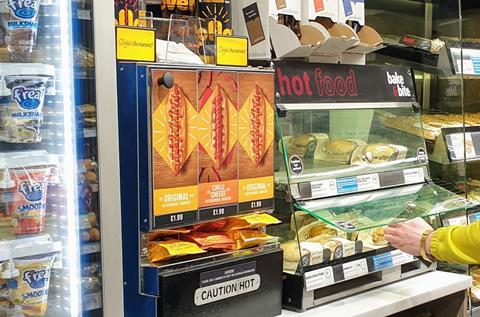
1. Food to go is making a comeback as the UK finds its ‘new normal’
Country Choice saw sales of its core savoury lines halve during lockdown. “It’s been a tumultuous time,” says Hannah Morter, manager of customer insight & category management at County Choice. “There’s been a decline in demand from consumers and retailers have focussed on other areas. They’re putting staff elsewhere in store rather than baking. We’ve seen 50% declines in core savoury.”
However, in recent weeks, sales have improved dramatically. While many retailers have yet to venture back into hot food to go, those who have are seeing a stong performance. Morter claims that within customers who are operating their food to go departments, savoury sales are now back to where they were pre-Covid. “It’s about taking that step without fear of wastage and hitting margins too heavily,” she says.
While many retailers are holding off on hot offerings until the colder months, others have embraced the category. “Our food to go sales are higher than they were pre-Covid,” says Wilson Rea of Keystore More in Lanark, Scotland. “Filled rolls are our best seller. This time last year, we were selling 1,200 a week, now it’s 1,400.”
Meanwhile, Saputo Dairy UK reports that impulse cheese lines are on the rise. “The easing of lockdown measures in recent weeks enabling increased mobility, together with recent seasonal good weather, has already begun to entice many consumers to venture out and about,” says Anca Lazar, senior brand manager of Cathedral City Snacking at Saputo. “This in turn is driving a return to habitual on the go behaviours in snacking and food to go, with rate of sale of grab and go cheese snacking lines creeping back up towards pre-Covid 19 levels.”

2. Customers now care more about hygiene
If retailers are to rebuild trust in food to go, then strong communications are vital. “Retailers need to effectively communicate that they are the perfect location for on-the-go visits,” says Matt Gouldsmith, channel director, wholesale at Lucozade Ribena Suntory (LRS). “The small changes retailers make through these uncertain times will help to secure loyal customers in the future.”
Morter concurs: “There is an increased demand to see what hygiene practices are in place. We’re working on an A5 standy to explain what’s going in-store - complete clarity.”
She also notes that locating hand sanitisation units near food to go fixtures is a good move. “It’s all very well staff being on top of hygiene, but if shoppers aren’t there’s no point. People have become quite accustomed to walking into a shop and sanitizing.”
Wilson agrees that hygiene is high on food to go consumers’ agendas. “I would think people are more conscious of food hygiene,” he says. “The customer has the confidence in us that we’re already doing it right. We’re protected behind glass - food is on open display, but we serve it over the counter, from display into a bag.”
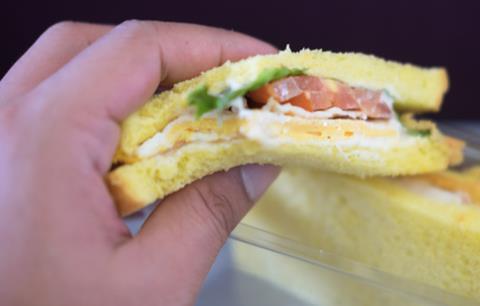
3. The work from home opportunity is there for the taking
The growth in consumers working from home (WFH) was already a “major risk” to food to go, according to Giorgio Rigali, communications manager at Lumina Intelligence. However, it can be turned into a positive. “The recipe for success with food to go will be reaching those who are WFH, driving impulse shopping and continuing to target younger shoppers.”
Wilson claims that plenty of home-based customers have come in to buy a pre-packed sandwich in recent months. “They didn’t want to make it themselves,” he says.
It’s a similar story at Premier Morley in Leeds. ”We’re still selling a lot of fresh sandwiches, pasties and other pre-packed food to go,” says owner Ajay Singh. “Sales haven’t dropped on that - they rocketed in lockdown. People were still buying sandwiches because they didn’t want to go to supermarkets - you’d be in there for three or four hours.”
Country Choice believes that there may be an opportunity to entice work from home consumers with a more inspiring offer. “The next trend we’re seeing coming along is people working from home that want to get out of the house and pick something up for lunch - ‘home lunch breaks’,” says Morter. “We’re looking at food boxes that someone could have for an interesting lunch. They’re getting bored of cheese and ham sandwiches.”
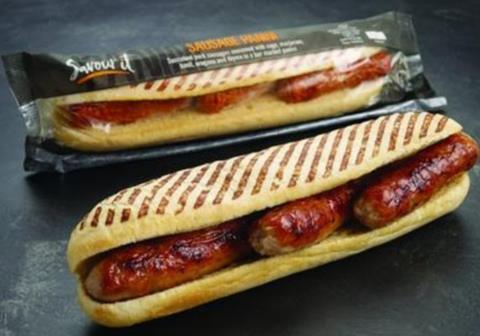
4. Packaging will have a greater impact on food to go buying decisions
With touch now being associated with the potential spread of coronavirus, packaging is now at the forefront of consumers’ minds. “Within food to go too, pre-packed solutions will likely benefit as consumer’s hygiene concerns might turn them away from freshly prepared options in store and so it is vital that retailers offer a mixture of the types of snacking options available,” says Lazar.
“With this gradual resumption of food to go and snacking behaviour, recent trends seen in purchase decisions that satisfy enduring consumer needs are expected to resume alongside new trends focussed around hygiene.
”Heightened awareness of hygiene factors in this ‘new normal’ landscape may however favour pre-packaged goods at the food to go occasion, with some consumers preferring to steer away from fresh items such as baked-in-store goods and/ or fresh fruit that may have been recently handled by others.”
Country Choice also recognises that consumers may be wary of unpackaged items. “Low touch packaging is a big trend,” says Morter. The company is set to launch a Lift Off campaign to encourage retailers back to the category - with a strong focus on one touch packaging. “We have a range called Savour It, which comes in one touch packaging. It’s less work operationally, you bake it in packaging and sit it on shelf in packaging.”

5. Lockdown has fuelled picnic sales
A Warburtons survey of 2,000 people revealed that a quarter of respondents have had a picnic during lockdown, with 27% believing the event has been more popular than usual because it’s been one of the few ways people can socialise. The company noted that houmous, falafel and sushi had become picnic staples.
In May, Waitrose reported that sales of sausage rolls and pork pies are proving were up 46% and 7% versus the same time last year. Dips also made their way into picnic baskets, with houmous up 15%.
While for some consumers, these may be planned affairs, prepared at home, many will simply be grabbing a few bits from their local store and heading straight to the park. “Picnic occasions are set to soar as the public are encouraged to see friends and family in open spaces, so it is vital that retailers cater to this growing demographic and stock a range of items that can be easily eaten in al fresco dining situations, whether they be for an individual or shared between a group,” says Lazar. “While people flock to parks and green spaces to picnic and take advantage of good weather days, food to go behaviours are starting to pick back up after a period of enforced slowdown.”
Mondelēz International trade communications manager Susan Nash adds: “Snacking cheese makes for a great savoury addition to a picnic.The Snacking Kits subcategory is a key driver of growth within Processed Cheese, with Dairylea Lunchables having a 71% share and 4% annual growth [Nielsen, Value Sales, Processed Cheese, MAT data to w/e 13.06.20].
Avtar Sidhu of St John’s Budgens has seen strong sales of picnic-friendly food to go lines. “We have a sizeable food to go range,” he claims. “In the chillers, we do sushi, pasties, pies - 12 different types, sausage rolls, ploughmans rolls, Grabbits, Fridge Raiders, Chicken skewers, satay stickers, Naansters, doner kebab, mini scotch eggs, falafels, olives with forks, fruits, pasta pots, wraps, Lunchables and sandwiches.” The area is performing so well that he is going to give it more space with the introduction of a new chiller.
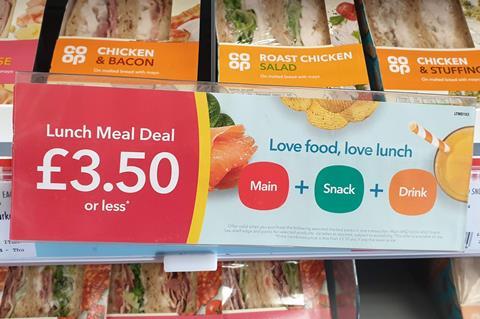
6. Recession-hit consumers are hungry for savings
“With over 9.5m people in the UK being put on furlough during the Covid-19 pandemic, consumers have become far more cognisant of their spending,” says Lazar. “In the convenience channel where shoppers harbour a perceived price premium it is vital that retailers showcase value for money to their shoppers, leveraging pricing and promotional tactics, such as PMPs and meal deals, to drive sales.”
LRS agrees that meal deals are the way to go. “Even with many consumers spending more time at home, retailers can drive food to go sales by clearly promoting their meal deal offers through social media, signs in-store or word of mouth,” says Gouldsmith. The firm recently launched Ribena Raspberry Rays into the on-the-go juice drinks segment.
Retailers can also take advantage of the government’s VAT reduction to communicate a value message, claims Country Choice.
“A lot of people have been challenged financially in this,” says Morter. “They are looking for a good value product. We’ve been lucky that the government has cut VAT to 5% (down from 20%). We’ve been encouraging retailers to communicate that and we’ve provided POS to that effect.”




















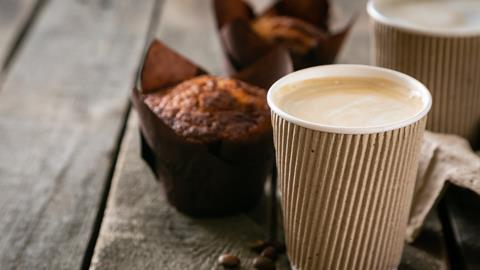

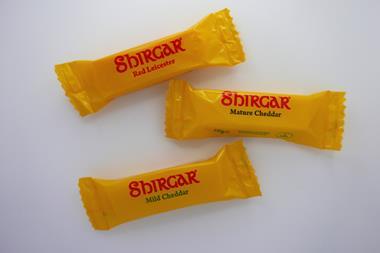



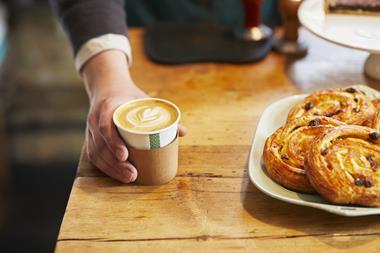






No comments yet